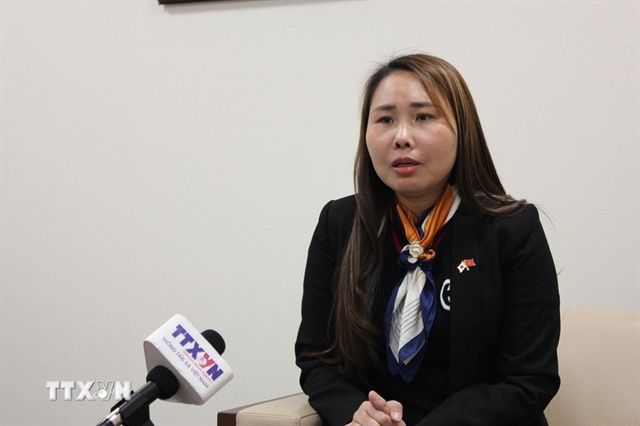 Opinion
Opinion

Vương Đình Huệ, Deputy Prime Minister and head of the Steering Committee for Enterprise Renewal and Development speaks with Thời báo Kinh tế Việt Nam (Vietnam Economic Times) about the restructuring of State-owned enterprises in the period of 2016-2020.
 |
| Deputy Prime Minister Vương Đình Huệ |
Vương Đình Huệ, Deputy Prime Minister and head of the Steering Committee for Enterprise Renewal and Development speaks with Thời báo Kinh tế Việt Nam (Vietnam Economic Times) about the restructuring of State-owned enterprises in the period of 2016-2020.
What are the differences between the restructuring of State-owned enterprises in 2016-2020 and in 2011-2015?
Previously, the equitisation of State-owned enterprises happened a lot but capitalisation was limited.
In this period, the Government will re-examine and decide which enterprises will continue to own 100 per cent, 65 per cent, and 50 per cent of State capital and which enterprises will divest.
Enterprises with 100 per cent of State capital will be reduced. The State will continue owning 100 per cent of charter capital according to the Law on Management and Use of State Capital.
The Government will change the method of management, focusing on publicising information about equitisation progress transparently. Enterprises who have completed equitisation must be listed on the Stock Exchange.
The Government will examine and complete regulations on equitisation and divestment and study improving the responsibilities of consultant organisations in determining the value of equitised enterprises. It will ask the State audit office to re-evaluate enterprises to avoid loss of State capital. Equitisation and divestment will be under strict control.
Any enterprise that doesn’t follow regulations will be named and given penalties.
How will the Government tighten control over enterprises with 100 per cent of State capital in this period?
The Government has affirmed that it will only keep enterprises with 100 per cent of State budget in certain key fields and in certain important areas that few enterprises invest or are able to invest in such as security and defence and high-tech application.
These enterprises will be required to increase their capacity, effectiveness of operation and competitiveness. They will need to improve leadership up to international standards.
They will also be under strict supervision and forced to be transparent.
In past years, the public has opposed the Government’s financial support to State-owned enterprises that were on the edge of bankruptcy. What is different now?
All enterprises are fair. Enterprises will be classified, so those who suffer big losses or have ineffective operations will not be given financial aid from the Government.
The Thái Nguyên Iron and Steel Plant project in northern Thái Nguyên Province is an example. The Government has rejected investing more VNĐ1 trillion (US$39 million) for the expansion of the plant due to its ineffectiveness.
The plant began construction in September, 2007 but has lagged behind schedule. Approved total investment for the project in 2005 was VNĐ3.84 trillion ($150 million), and was adjusted to VNĐ8.1 trillion ($316 million) in 2013 due to financial crisis and slow progress.
What measures will the Government will take to curb capital loss during equitisation?
To ensure State capital and transparency, in 2016-2020, the Government will tighten supervision on sources of money for equitisation, merger and acquisition, and on the collection of money from enterprises’ equitisation.
The Government will also combine equitisation and transaction registration and listing on stock markets, ensuring investors will be able to implement transactions right after purchasing stakes.
All enterprises with 100 per cent of State capital with ownership shares worth VNĐ5 trillion ($195 million) and certain enterprises appointed by the Government will be audited before implementing equitisation.
The job will contribute to the curbing of corruption and waste during enterprises’ equitisation. — VNS